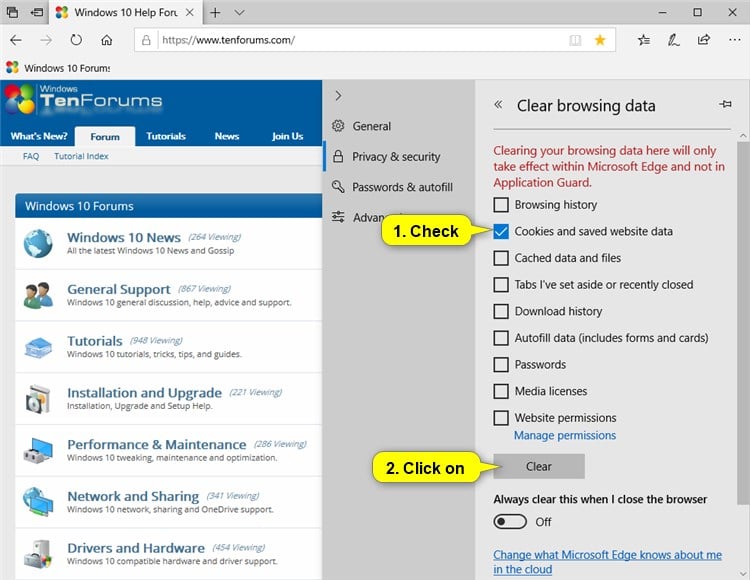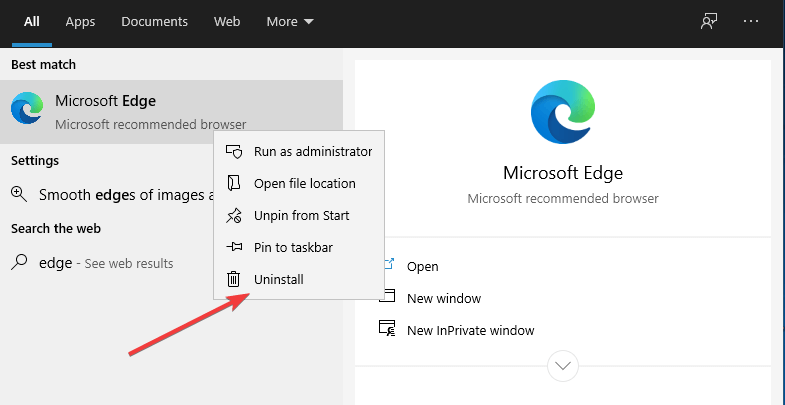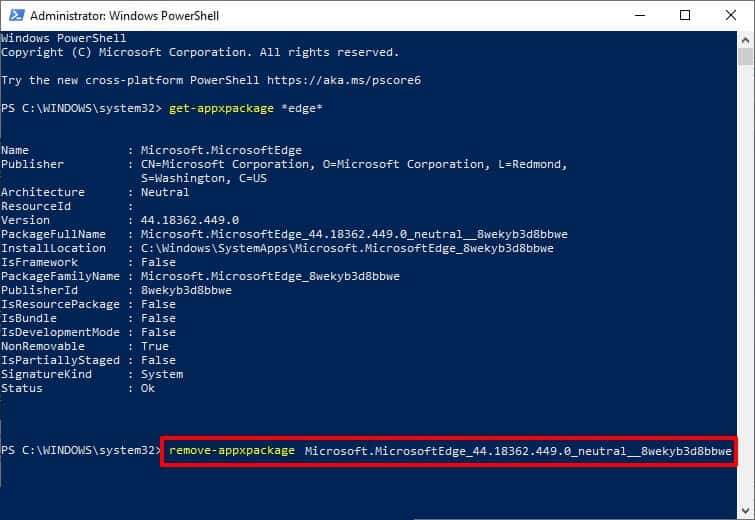

When you use a function in a formula, it is important for each parenthesis to be in its correct position for the function to work correctly. Make sure that all parentheses are part of a matching pair (opening and closing). If you type 11/2, Excel displays the date 2-Nov (assuming the cell format is General) instead of dividing 11 by 2. For example, if you type SUM(A1:A10), Excel displays the text string SUM(A1:A10) and does not perform the calculation. If you omit the equal sign, what you type may be displayed as text or as a date. Start every function with the equal sign (=) The following table summarizes some of the most common errors that a user can make when entering a formula, and explains how to correct them. Use + and – add and subtract values, and / to divide. Operators: The ^ (caret) operator raises a number to a power, and the * (asterisk) operator multiplies. A2 returns the value in cell A2.Ĭonstants: numbers or text values entered directly into a formula, such as 2. References: refer to individual cells or ranges of cells. For example, the PI() function returns the value of pi: 3.142.

For example, the following formula adds 3 to 1.Ī formula can also contain any or all of the following: functions, references, operators, and constants.įunctions: included with Excel, functions are engineered formulas that carry out specific calculations. Learn how to enter a simple formulaįormulas are equations that perform calculations on values in your worksheet.

For help on specific errors, you can search for questions like yours in the Excel Community Forum, or post one of your own. It is not an exhaustive list of methods for correcting every possible formula error.

Note: This topic contains techniques that can help you correct formula errors.


 0 kommentar(er)
0 kommentar(er)
